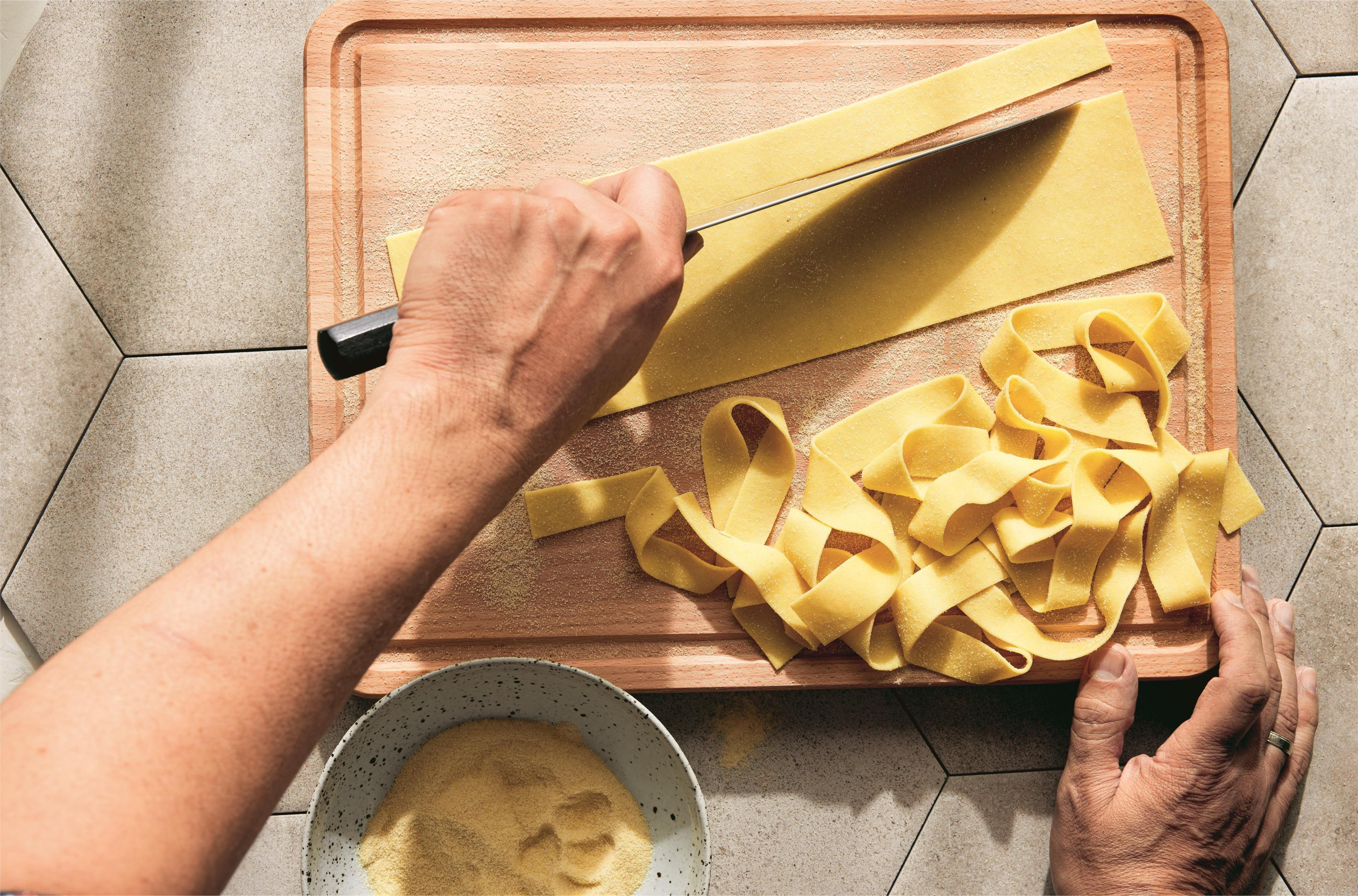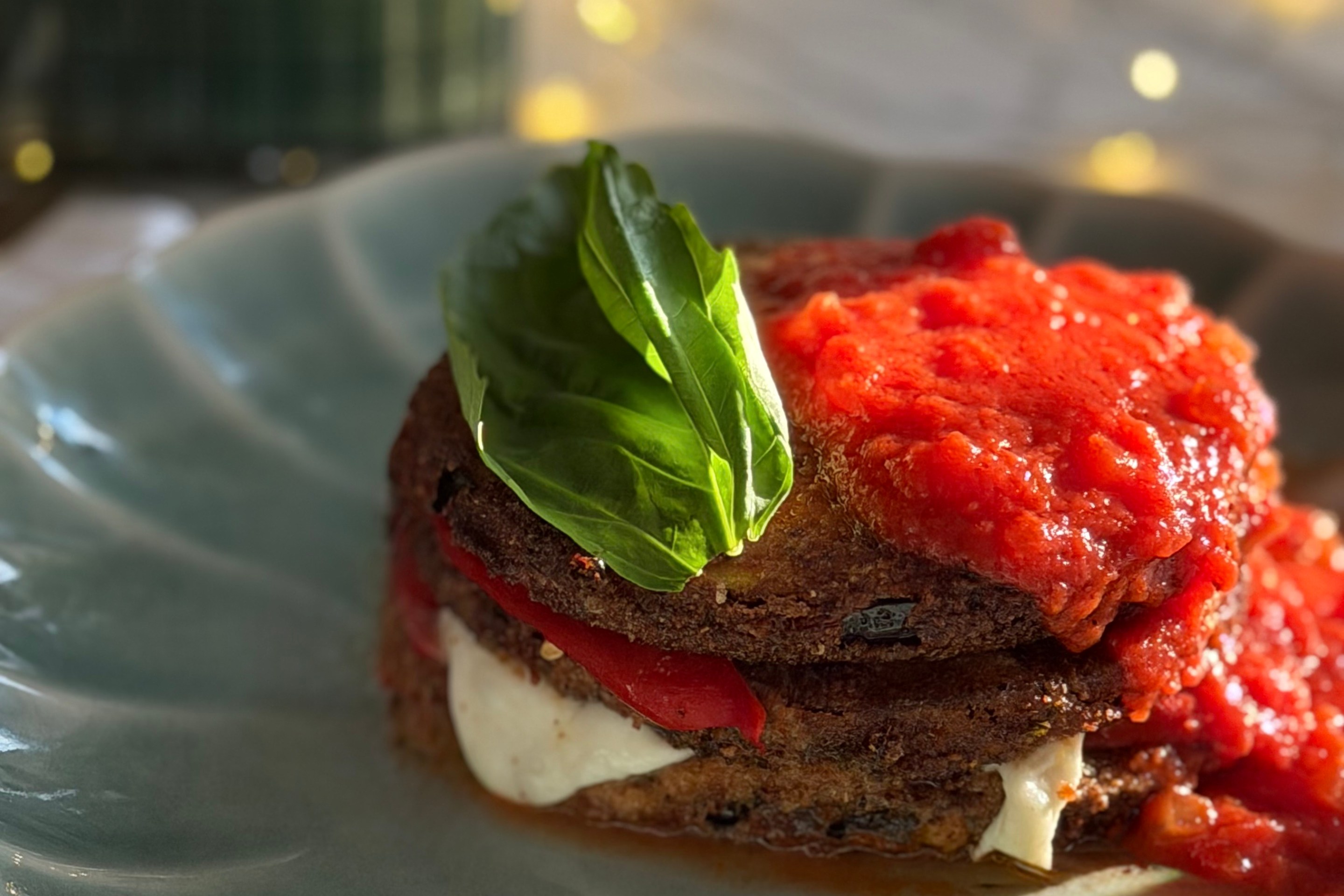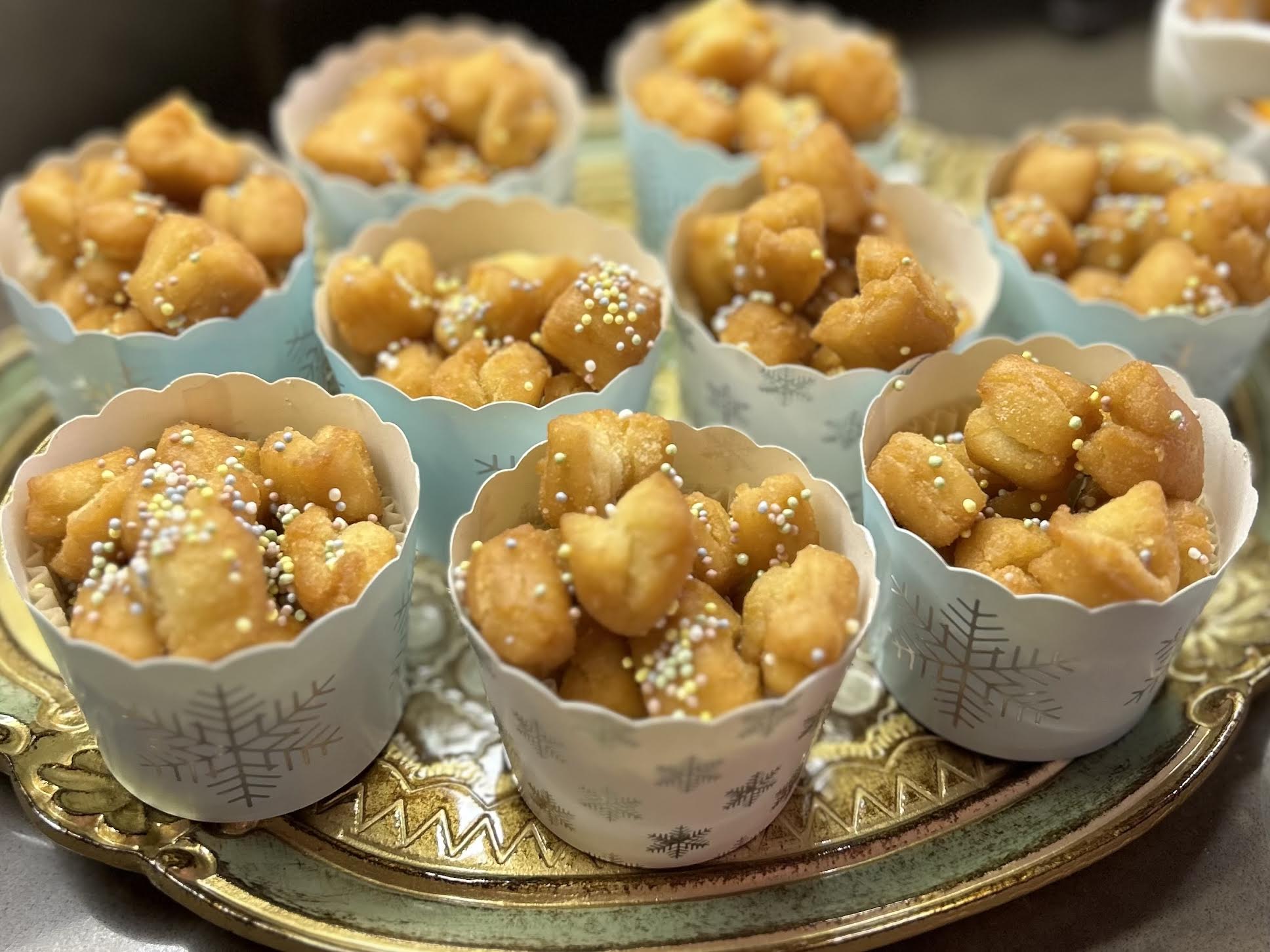In an excerpt from his new book, Mastering the Art of Plant-Based Cooking: Vegan Recipes, Tips, and Techniques, acclaimed food writer and Washington Post editor Joe Yonan provides ideas for creating Italian dishes without meat or dairy. It's a tricky feat, but tips like this one, for a fresh vegan pasta, make it all the more appetizing.
Back when she was an omnivore, recipe developer Joy Manning knew only one way to make fresh pasta: You break an egg or drop a bunch of egg yolks into a well in a hill of flour, then knead. As she began exploring a plant-based version, she started by trying to replace the egg. Silken the egg. Silken tofu, aquafaba, a soy milk/flax slurry, and store-bought liquid egg replacer all fell short.
Eventually, she recruited an expert: chef Rodger Holst, co-owner of Miss Rachel’s Pantry, a vegan restaurant and catering company in Philadelphia. Holst taught her to break down the substitutions:
Replace the protein in the egg by using a high-protein flour (semolina instead of all-purpose or tipo “00”) and replace the egg’s fat with olive oil. The last secret ingredient is elbow grease. You knead this dough by hand for an extended period to develop the gluten structure that gives the noodles their firm bite I know some of you might wonder if you can use the dough hook on your stand mixture. Sadly, it doesn’t work well. Turn on a podcast, zone out, and consider it your upper-body workout for the day.
Joy has used this technique to make all manner of pasta shapes, including strands, tubes, twists, bow ties, orecchiette, lasagna, tortellini, and ravioli.

Fresh "Egg" Pasta
4
servings2
minutes30
minutesIngredients
2 cups 2 semolina flour
1/2 cup 1/2 water, plus more as needed
2 teaspoons 2 olive oil
1/2 teaspoon 1/2 fine sea salt
1/8 teaspoon 1/8 ground turmeric (optional; for color)
Directions
- Add the semolina flour to a bowl, make a well in the center, and pour in the ½ cup water, olive oil, salt, and turmeric (if using).
- Stir with a fork until it begins to come together into a rough mass of dough.
- Use your hands to knead it a bit in the bowl to form a crumbly, stiff ball of dough that hangs together.
- Add water 1 teaspoon at a time (or even use a spray bottle full of water to mist the dough) until the dough just comes together (you want to add as little water as possible to achieve a stiff, low-hydration dough).
- Cut the dough in half (it’s easier to knead half at a time).
- Cover one half with a damp kitchen towel and knead the remaining half for about 8 minutes, until it feels elastic and a bit smoother under your palm and it’s holding together well (if it seems to be sticking to your work surface, sprinkle it with a little semolina flour).
- Press the dough into a disk and wrap it tightly in plastic wrap.
- Repeat with the other half of the dough and let both halves rest in the refrigerator for at least 45 minutes and up to 2 hours. (Any longer than that and the dough relaxes too much.)
- Now the dough is ready to use (or freeze for long- term storage).
- Keep one half of the dough covered with the plastic wrap while you shape the other half.
- Use a rolling pin to flatten the dough into a rectangle thin enough to feed through your pasta machine on the thickest setting.
- Sprinkle it with a little semolina flour to keep it from sticking when you cut it, then roll it through the pasta machine on each progressively thinner setting until you reach the desired thickness for what you want to do with it.
- Unfortunately, pasta machine settings are not standard. For filled pasta shapes, roll it to one of the thinnest settings. For noodles, such as hand-cut pappardelle, you’ll want it thicker, somewhere in the middle of the settings.
- Whether you’re making sheets, noodles, or other shapes, cook the pasta in a large pot of salted water for 3 to 6 minutes (taste for doneness or check online for cooking time guidance on a specific shape).
Did you make this recipe?
Tag @appetitomagazine on Instagram and hashtag it with #italianfoodanddrink
Like this recipe?
Follow @Appetitomagazine on Pinterest
Follow us on Facebook!
Follow us on Facebook







